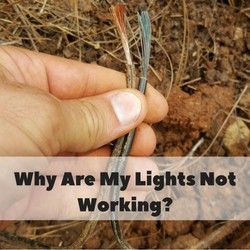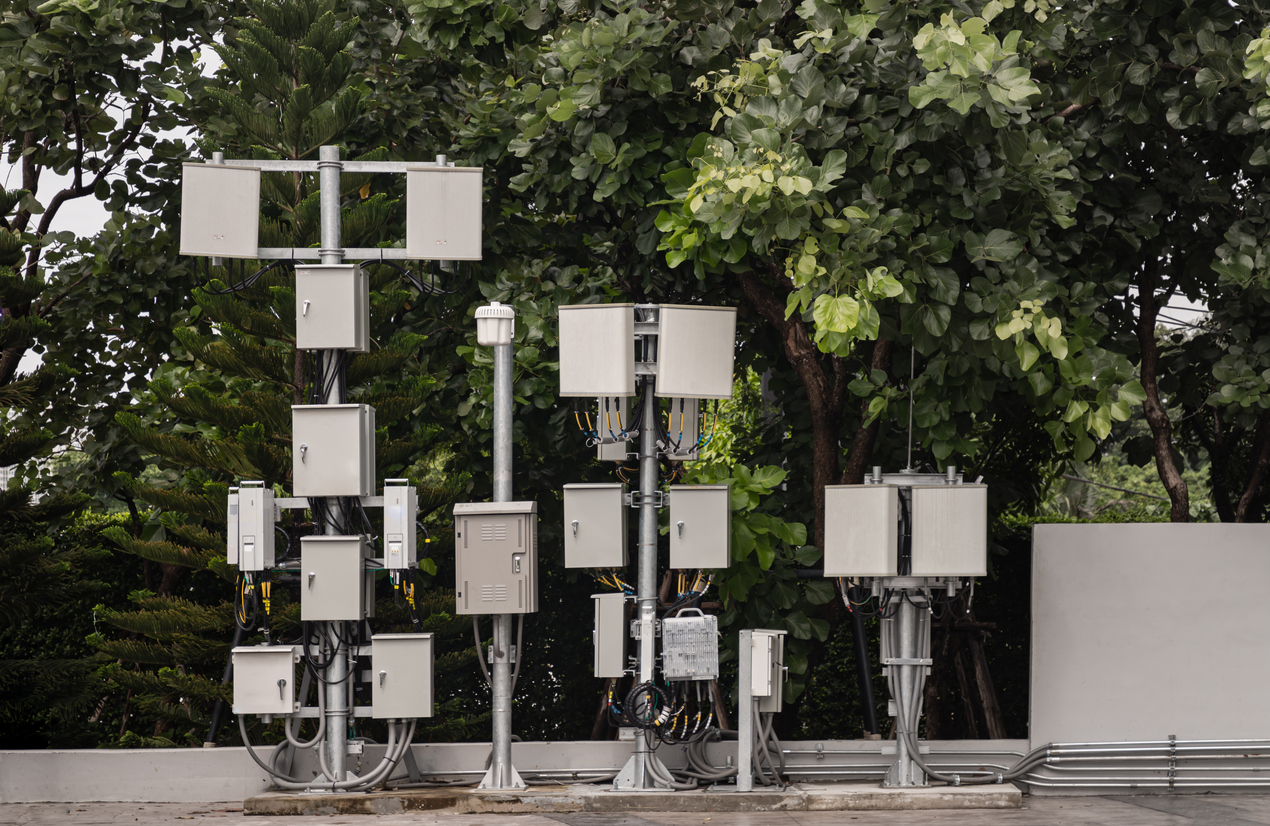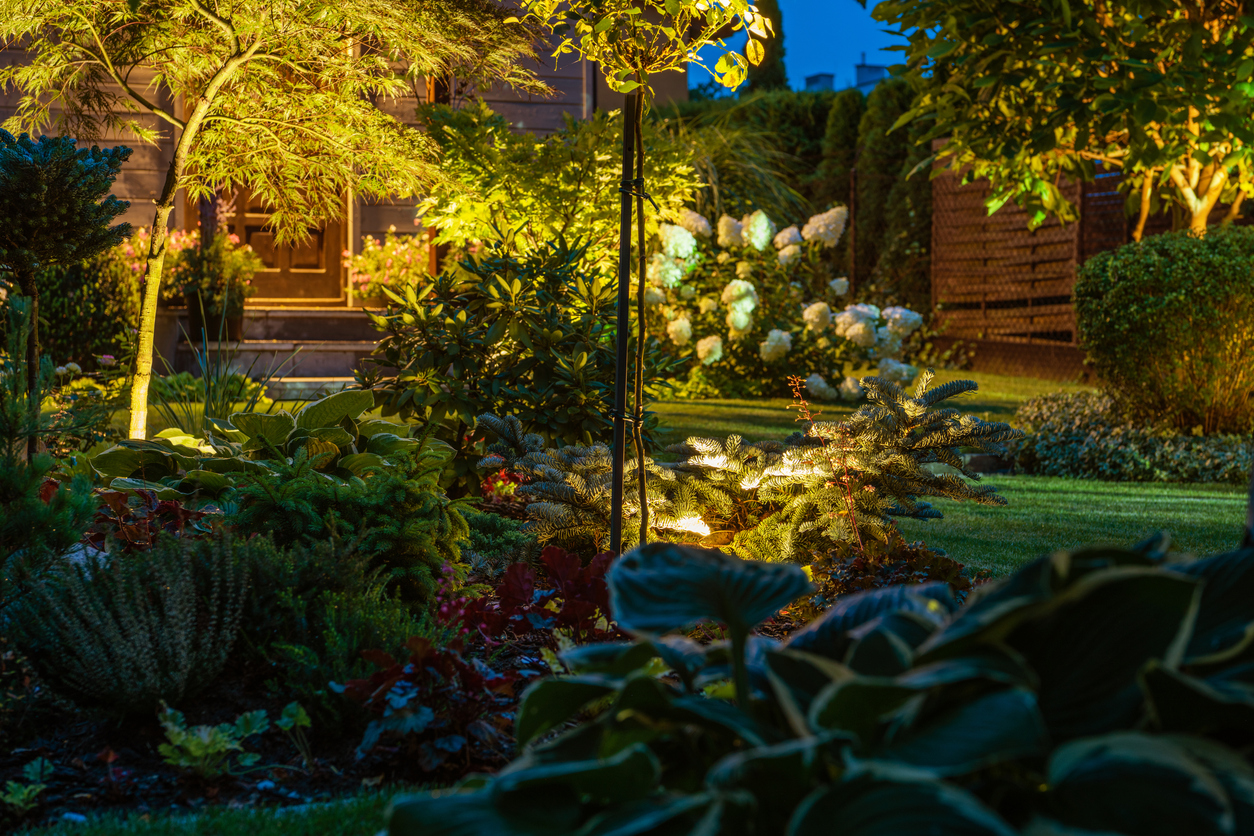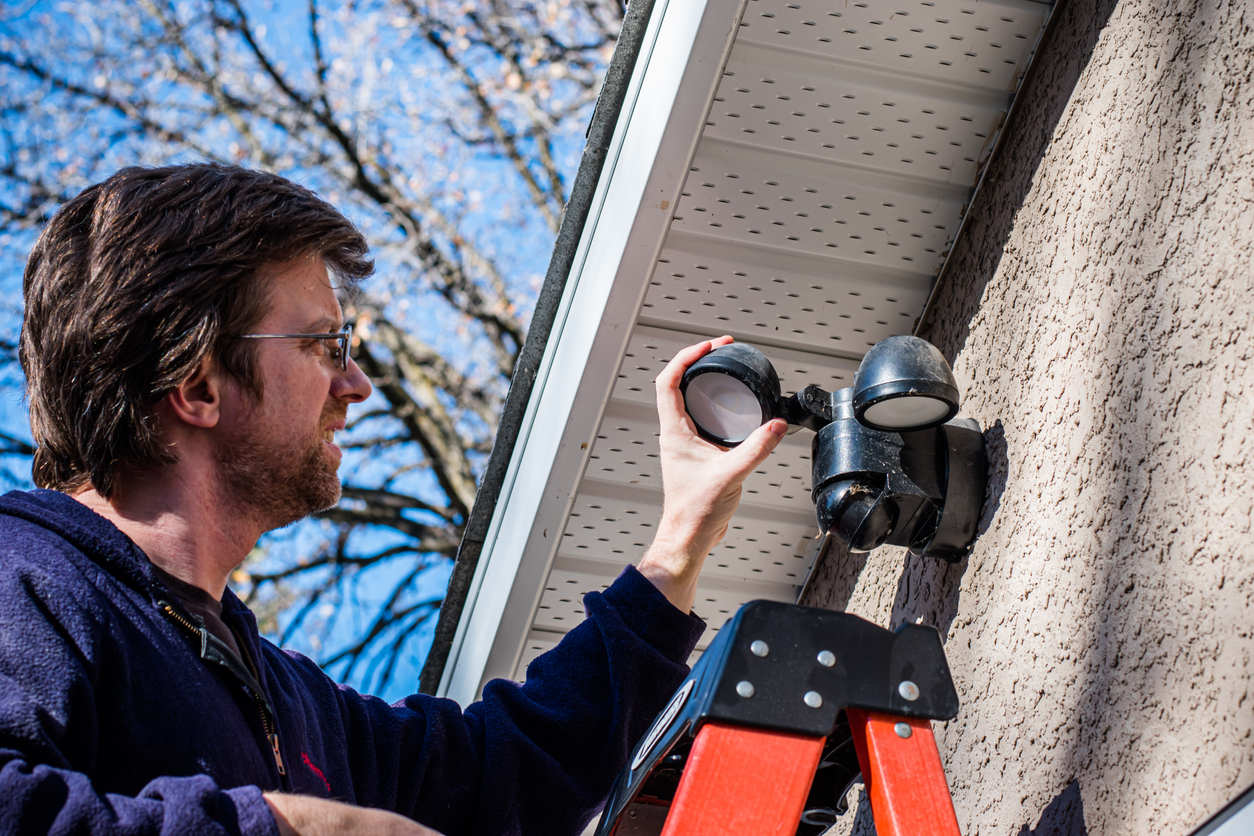Why are my lights not working? Troubleshooting 101: Landscape Lighting
Well, let’s dive into some of the most common reasons why your landscape lights are not working. There are so many possibilities that can cause your lighting system to not operate as it should such as (circuit breaker has tripped, cut line in the beds from pruning or planting, bad lamps, bad connections, lightning, etc).
Scenario #1: Some Lights Are Working, But a Few Lights Are Not Working
- Normally this is simply due to the lamp burning out if you initially had the system installed by an experience landscape lighting technician. If the lamp is bad, simply replace. Now would also be a great time to upgrade your system to LED if it’s not already.
- If your system was a DIY project or you’ve inherited someone else’s headache, your issue may take a little longer to diagnose. Bad connections are rarely the issue when dealing with quality lighting systems because there is NO excuse for installing sub par connections when there is no difference in cost. Start by checking to see what type of connections your lighting system has. If you were blessed with copper crimps, heat shrink, or grease tubes, you can probably assume that your connections are not the reason for the question of, why are my lights not working? Connections that slide together and slightly prick the wire, are the complete opposite. You might as well pull up all your connections at this point and make new ones. You’ll thank me later because if they aren’t bad at this point, they will. These prick connections have a tendency to loosen and allow moisture to make contact with the copper wire causing corrosion at the puncture point. Sometimes you can wiggle or squeeze these connections and get temporary power to the fixture, but best to replace.
- If your connections are good and your lamp is good, check your socket. If your landscape lighting fixtures are not of high grade, your seals have probably been compromised and moisture could have found its way into the fixture causing your socket to fail. You can try adding di-electric grease to the socket to see if you’re able to pull power from it, but if not, socket is bad and will need replacing if possible, otherwise a new fixture will be necessary.
- If you find a section of lights that are not working and they all are in the same area, this is usually an indication that a main power run has been cut of a circuit on the lighting transformer has been tripped. First check your transformer. If off, try and turn on. If it continues to trip, you have an issue in the field with a short. Have you had any work done on the property since your landscape lighting system is not longer working? If so, try to pinpoint where that work was done to cut done on the troubleshooting time. A cut wire could be the root of your issue.
Scenario #2: All Of My Lights Are Not Working
- If all your lights are not working this could actually be a good thing. How can all of your lights not working be a good thing? Well, this probably is an easy fix. You’ve probably got a short somewhere. This could be from a lighting storm that simply tripped the breaker in your transformer. If that’s the case, just check and reset the breaker. If the breaker will not hold, you may have another problem.
- If no power to the transformer, check your GFCI outlet on that circuit. Once you find it, “Reset” it. Then try #1 again. Your GFCI outlet could be in the garage, bathroom, or anywhere in between.
- If all your outlets are working correctly, check to see if you’re getting power out of the transformer by checking the voltage and amperage. If you are not receiving power this is a good indication that your transformer is bad (potentially from a lightning, non-professional grade transformer, or simply old age).
- Do you have a timer in your transformer? Check to see if clock is set correctly. If not, this could be your issue. Reset and try again.
- Do you have a photocell in your transformer? Bypass it, try again, and if your lights start working again, your photocell is bad and will need replacing. Contact your local landscape lighting professional.
- Check your wires entering your transformer to make sure they are fully inside of the terminal lugs. Check for tightness and that none of the wire have arched off each other. This will cause your transformer to trip.
- If you find a section of lights that are not working and they all are in the same area, this is usually an indication that a main power run has been cut of a circuit on the lighting transformer has been tripped. First check your transformer. If off, try and turn on. If it continues to trip, you have an issue in the field with a short. Have you had any work done on the property since your landscape lighting system is not longer working? If so, try to pinpoint where that work was done to cut done on the troubleshooting time. A cut wire could be the root of your issue.
- After checking voltage and amperage on your landscape lighting transformer, if the amperage hasn’t exceeded the printed limits, take your voltmeter out into the field and start checking individual fixtures to ensure you have power to the fixture. If not, back track to find the short.
Scenario #3: My Lights Are On, But They’re Dim
- If you’re lights are on but they’re dim, most likely this will be due to improper voltage to the lamp if this a halogen system. Check your light fixture at the end of your grouping to see what the voltage is. If it is less than 10 volts, you’re halogen lamps will not fire properly which will also shorten the life of the lamp and lead to burnouts. Halogen lamps should read between 11V and 12V. In your landscape lighting system, when one lamp fails, more power is supplied to the other lamps. Halogen systems suffer more from this due to the voltage range is more important and less room for variance. If you’re fixtures are receiving less or more voltage, the lamp will prematurely burnout. Acceptable voltage range for LED systems should fall between 9V to 15V.
- Using non-waterproof connections can also cause your lights to be dim.
- If you have too many fixtures on a run, removing a fixture or too should increase the voltage to the other fixtures and put them within the correct voltage.
- If your landscape lighting transformer is doesn’t have a multi-tap for voltage, you could also increase voltage to the fixtures utilizing this technique as long as you are not putting to much power the your wire. As a good rule of thumb, don’t put more than 100 watts on a 12-gauge wire or 200 watts on a 10-gauge wire.
Located in Summerfield, NC Southern Lights- Architectural and Landscape Lighting serves properties and property management companies throughout the state of NC including Greensboro, Winston-Salem, Raleigh, Charlotte, High Point, Jamestown, Burlington, Reidsville, Oak Ridge, Brown Summit, etc.
Southern Lights has installed hundreds of outdoor landscape lighting systems and carries more certifications than anyone in the state. We service everything we install as well as lighting systems installed by others. With attention to detail and a solid knowledge of design, Southern Lights is the leading outdoor landscape lighting firm in the state of NC. See why our clients choose us. Contact us today by web (online form) or phone 336-451-4969.






